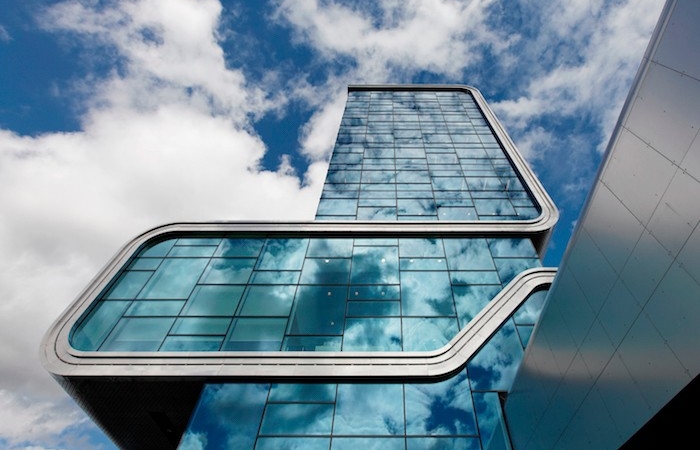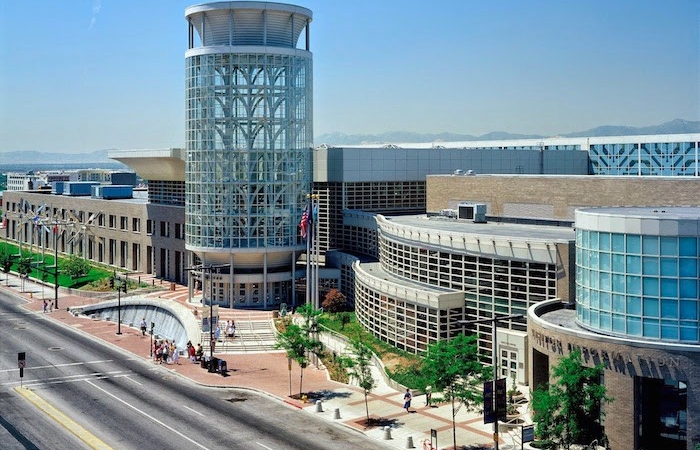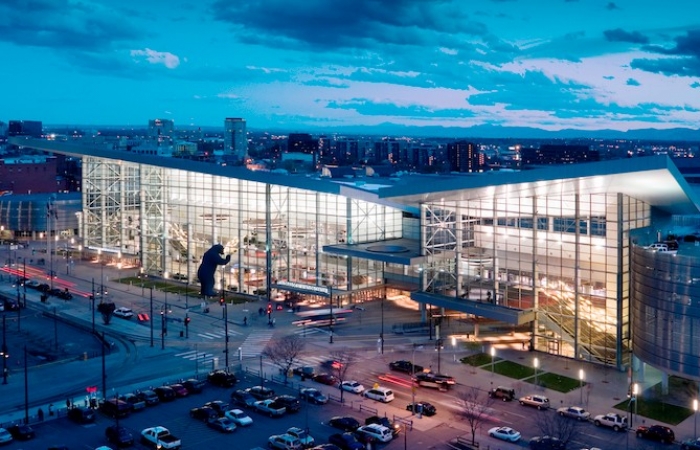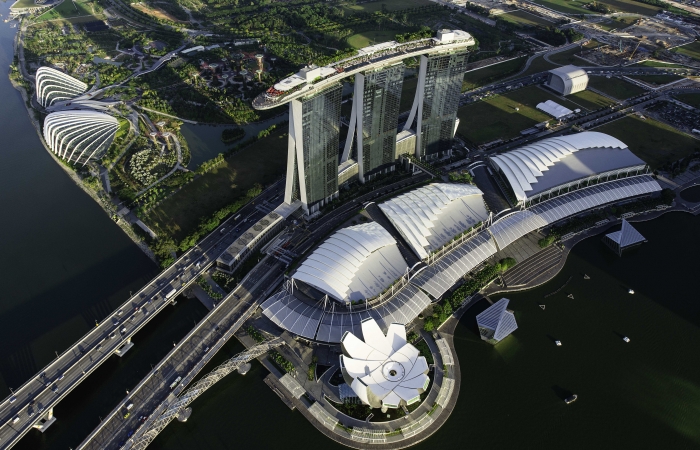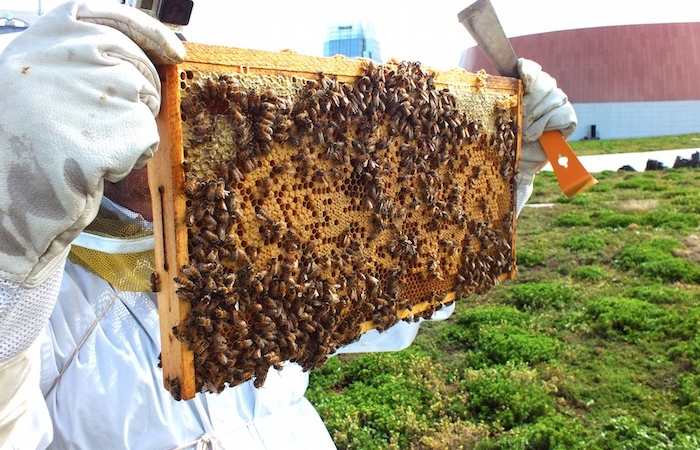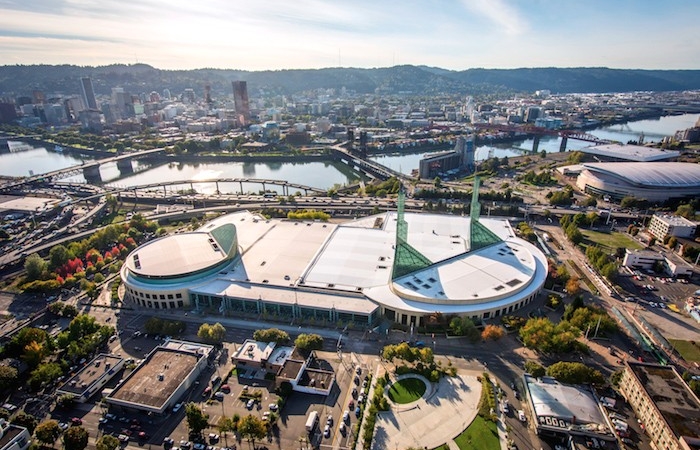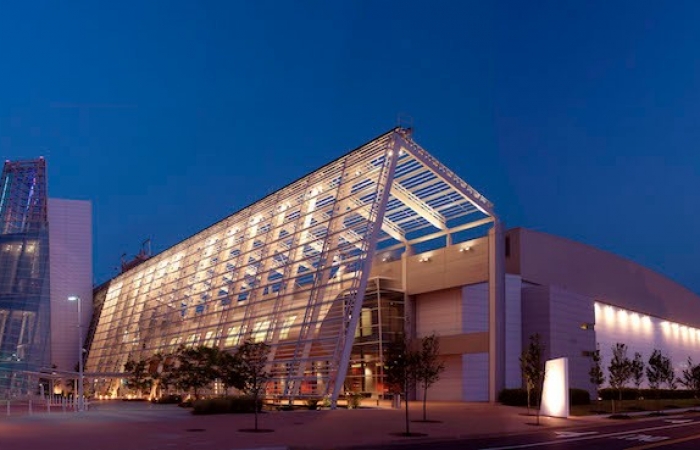The second annual Green Venue Report is scheduled to launch this month, with detailed analysis of the sustainability initiatives at 30 convention centers around the world — up from 16 in the inaugural publication last year. The report is produced by Greenview, a Washington, D.C.–based consulting firm that provides sustainability solutions for companies in travel and tourism, and Oakland, California–based Twirl Management, which specializes in planning green events.
Going Green: These are some of the convention centers that are ahead of the curve.
Greenview’s director, Cara Unterkofler, says the Green Venue Report is unique because it’s designed to serve as a central resource for best practices and new innovations specifically for convention centers. Year over year, it will benchmark progress in sustainability performance across a wide series of metrics. As a result, planners can better understand what the venues they choose can and should be doing to lessen their environmental impact, and what data they should feel comfortable asking about. “If they ask a center to do front-of-house composting and their center says they can’t,” Unterkofler said, “the planner can point to the report and say, ‘Well, in the Green Venue Report, it says that 80 percent of venues offer this service, which include some of your major competitors. So how can we work together to make this happen?’”
But right now, the challenge facing meeting planners who are committed to delivering greener meetings is identifying convention centers with a similar level of commitment. Planners often spend a great deal of time designing special procedures to make their programs more green only to find a center can’t deliver on them for a variety of reasons, from lack of investment in modern infrastructure to simple lack of awareness. “Green meetings start at green venues,” Unterkofler said. “So we focus on venues that are not just providing a high degree of sustainable elements for planners who make special requests, but for all shows. That’s our ultimate goal. Since event destinations are the most important event partners, they’re inherently setting the stage for events culturally by creating a foundation that either does or doesn’t support sustainability.”
Through their conversations with convention center executives while compiling the 2015 Green Venue Report, the Greenview team learned that “a lot of them wanted to do better,” Unterkofler said, “but they weren’t always sure what other venues were doing because of the lack of shared data.” To help fill that void, the 30 convention centers profiled this year — which responded to Greenview’s global request for information — provide insight into three key areas of sustainability: best practices and trends; benchmarks to show how venues are performing against their peers; and the aggregate impact of energy, water, waste, donations, and other sustainability programs for each venue.
Not surprisingly, the majority of the convention centers profiled — 70 percent — have a dedicated sustainability-executive position. Likewise, most have adopted sustainability as a business strategy by pursuing LEED or similar certification and by marketing sustainability as part of their proposition. But many of the centers reported that fewer than 20 percent of their planner clients want to discuss greening their meeting.
“This is a huge gap and lost opportunity, because progressive venues and vendors understand sustainability is good for business, and they’re aggressively setting goals and breaking through the status quo,” Unterkofler said. “However, about 80 percent of the convention-center market is waiting for demand. Studies show that planners are incorporating sustainability [in their events] and they plan to do more, but there’s a disconnect holding our industry back. We’d like to be a part of the solution.”
Convene obtained an advance copy of the 2015 Green Venue Report. Here are five of its key trends for advancing green meetings in convention centers:
1. CERTIFICATIONS
Nearly 90 percent of the convention centers in the report either have achieved or are actively seeking a sustainability-related certification. In 2014, 83 percent had achieved one. The most common certifications include LEED, ISO 14001, APEX/ASTM, and BOMA BESt. (See 4 Green Meetings Certifications Defined.)
2. DEDICATED STAFF
About 70 percent of the centers have a dedicated sustainability manager on staff — a position that requires a unique set of skills and knowledge, as well as a holistic, cross-departmental view of the facility and its operations. Increasingly, the people with these jobs hold specific sustainability-related professional designations. Of those centers with a primary sustainability staff member, 76 percent of those professionals have a LEED AP or LEED Green Associate credential. Many sustainability managers also have additional certificates, such as Certified Facility Manager, or advanced academic degrees, such as a master’s of science in sustainability and environmental science.
3. COMMUNITY ENGAGEMENT
The most ambitious convention centers are taking an active role beyond their own walls, sharing their green expertise to support city and regional sustainability goals. Approximately 85 percent of the centers in the report participate in sustainability programs with private companies and civic organizations.
[pullquote class=”pulllright”]Since event destinations are the most important event partners, they’re inherently setting the stage for events culturally by creating a foundation that either does or doesn’t support sustainability.[/pullquote]
At the Anaheim Convention Center (ACC), for example, on-site caterer Aramark is attempting to have zero excess food products following any given convention. When there is food remaining, ACC chefs are encouraged to donate it to food pantries in Anaheim/Orange County.
ACC’s and Aramark’s environmental teams also source suggestions for designing green events from the local community. ACC has leveraged that type of insight to develop a farm-to-fork program using local, sustainable, and organic farms within a 120-mile radius. Because of that, ACC estimates that it’s reduced food mileage by more than 500,000 miles of travel annually.
At the Metro Toronto Convention Centre (MTCC), the green team engages local and digital communities with online content that highlights the venue’s commitment to sustainable meetings — but does so with an engaging voice. MTCC recently launched a blog that features posts on topics ranging from green-themed special events to delicious seasonal recipes. The tone of the blog is direct and personable while at the same time communicating very specific business around promoting green and local programs. For example, a pre–Labor Day–weekend story on summer desserts reads: “Our culinary team’s hand-baked scones with strawberries and blackberry marmalade is a dish that presents beautifully and tastes even better, and we can’t think of a better time to try it than this long weekend.
And because no dish is complete without a beverage, why not try pairing it with a dry sparkling rosé from the Niagara region? Our pick: 13th Street Cuvée 13 Brut Rosé.”
4. MEETING-PLANNER ENGAGEMENT
The communication gap around sustainability between convention centers and event organizers is getting smaller, but still faces challenges. When Greenview asked centers how event organizers discuss “greening” with them, they responded that only 27 percent bring up sustainability during the RFP and pre-planning stages. At the same time, 86 percent of responding convention centers reported that their sales staff is versed in their sustainability practices and green-meeting options, and want to discuss them during pre-event planning processes.
5. CONSISTENT DATA
“It’s encouraging to see there’s consistency in best practices across the board from 2014 to 2015,” said Amanda Simons, sustainable project manager for Greenview. While the overall execution rates of sustainable meetings have dipped slightly from the 2014 report, she said, that’s not unexpected, because the sample size is nearly double the previous data.
Almost all of the centers profiled in the 2015 report were able to provide annual impact data related to energy use (86 percent), water consumption (90 percent), and waste (93 percent). The process of reporting sustainability data from convention centers raises many questions about impact measurement, boundaries, standardization, and methodology, according to Unterkofler. Indeed, as of now, the meetings and conventions industry lacks standard calculation methods for even simple metrics like the number of annual attendees, to say nothing of more complex dynamics such as event-specific energy consumption.
“This lack of standardization makes apples-to-apples comparisons very difficult,” Unterkofler said. “Also, we acknowledge that this report doesn’t reflect the entire industry, but rather a sub-section of top performers and industry leaders. With that in mind, however, it does give us a better view of the challenges and successes at convention centers across the world.”
Test Time
